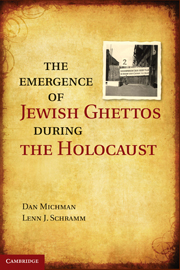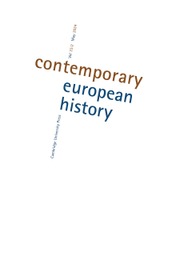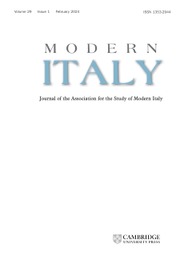The Emergence of Jewish Ghettos during the Holocaust
This book is a linguistic-cultural study of the emergence of the Jewish ghettos during the Holocaust. It traces the origins and uses of the term 'ghetto' in European discourse from the sixteenth century to the Nazi regime. It examines with a magnifying glass both the actual establishment of and the discourse of the Nazis and their allies on ghettos from 1939 to 1944. With conclusions that oppose all existing explanations and cursory examinations of the ghetto, the book impacts overall understanding of the anti-Jewish policies of Nazi Germany.
- Provides a convincing explanation of the ghetto phenomenon of the Nazi period
- Urges a reassessment of Nazi anti-Jewish policies in general
- The linguistic-cultural method as applied in this book opens new methodological approaches in Holocaust research
Product details
January 2011Hardback
9780521763714
200 pages
223 × 150 × 20 mm
0.37kg
9 b/w illus. 10 maps
Available
Table of Contents
- Introduction
- 1. Historiography and popular understandings
- 2. 'Ghetto': the source of the term and the phenomenon in the early modern era
- 3. 'Ghetto' and 'ghettoization' as cultural concepts in the modern age
- 4. The Nazis' anti-Jewish policy in the 1930s and the question of Jewish residential districts
- 5. First references to the term 'ghetto' in the discourse of the makers of anti-Jewish policies in the Third Reich (1933–8)
- 6. The semantic turning point in the meaning of 'ghetto': Peter-Heinz Seraphim and Das Judentum in osteuropäischen Raum (1938)
- 7. The invasion of Poland and the emergence of the 'classic' ghettos
- 8. Methodological interlude: the term 'ghettoization' and its use during the Holocaust itself and later scholarship
- 9. Would the idea spread to other places? Amsterdam 1941, the only attempt to establish a ghetto west of Poland
- 10. Ghettos during the final solution, 1941–3: the territories occupied in Operation Barbarossa
- 11. Ghettos during the final solution outside the occupied Soviet Union: Poland, Theresienstadt, Amsterdam, Transnistria, Salonika and Hungary
- Summary and conclusion.







.jpg)
.jpg)
